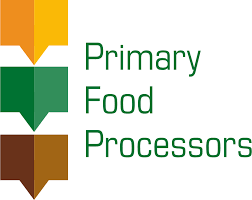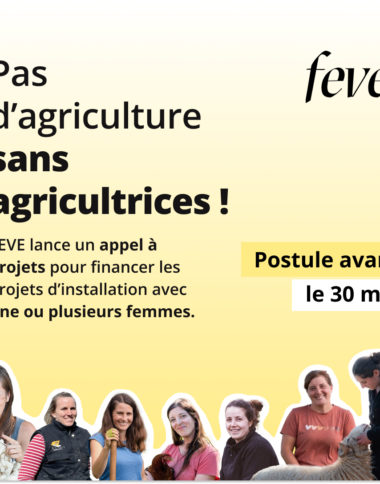Articles
Temps de lecture : 3 min
26/01/2022
Opportunities and limits of virtuous conducts

The long-term challenge of European Union carbon neutrality by 2050 and the medium-term challenge of “Fit for 55” by 2030 are the drivers for farmers to change their practices.
According to the implementation of eco-conditionality from 2023, especially through payments for eco-schemes, the reformed CAP aims to enhance environmentally friendly practices and low-carbon output.
Can such virtuous behaviour by farmers be reconciled with the social and economic demands of modern farming?
A recent study published by the “Centre d’études et de prospective” of the French Secretary of Agriculture analyzed the “Economic and environment performance of field crops farms” [1].
Applying a quantitative eco-scoring method[2] on a 1421 farms sample, the study demonstrates that the most efficient farms from an environmental perspective generate a lower turnover when compared to low performance farms. The most environmentally efficient farms secure lower incomes as a result of lower production, and this gap is greater for root crops (sugar beet, maize) than for cereals, oilseeds, and protein plants.
While earning a lower income, the most environment efficient farms of the sampleto face lower costs for inputs. However, the analysis provides evidence that reduced expenses for fertilizers and phytosanitary products are not compensated due to the increase of costs of energy and mechanization.
Until now, the application of a uniform level of CAP direct payments, regardless of a farm’s environment performance, creates an economic handicap to the most virtuous farmers. This study suggests that the new CAP would have to deliver sufficient incentives for virtuous practices to outweigh the risk of inefficiency.
To contribute to the mitigation of climate change, the European Commission favors carbon farming as described in its communication last December[3].
In response, a Green Alliance of the University of Manchester, and Scotland’s Rural College, in collaboration with Tesco and WWF, released on 5 January 2022, an article[4] challenging carbon farming’s potential to help the UK to reach net-zero emissions by 2050.
In the UK, as in EU member states, the opportunity for farmers to sell carbon credits to offset their lower economic performance looks attractive, but the authors of the Green Alliance publication pour a certain amount of cold water on this enthusiasm in their conclusions:
- “Selling agri-carbon offset credits upfront could limit farmers future options.
- Agri-carbon sequestration is available now while engineered carbon removal are still in development.
- Careful constraints on offset markets are needed to avoid damaging climate mitigation efforts.
- A market driven “dash carbon” in the land use sector could lead to undesirable consequences for food production, local communities, and nature.“
They suggest that the right practices may only reduce UK agriculture emissions by 64% by 2050, and warn about the risk of damaging food security.
On the other side of the Channel, the European Commission announced the launch of a Carbon Removal Certification by 2022 to contribute to the necessary reliability of the credits sold by the agriculture sector. Would this certification follow the french “label bas-carbon” or be its direct competitor?
Regardless of its specific form, on the continent as across the Channel, the success of the carbon farming is highly dependent on whether carbon market dynamics attain a price by T of CO2 equivalent that will be sufficient to compensate any reduction in farm income.
Both studies, and many others , suggest that policy makers must ensure that legislative and economic conditions are created that reward the ambition of virtuous behaviour.
[1]https://agreste.agriculture.gouv.fr/agreste-web/download/publication/publie/Ana170/Analyse_1702112.pdf
[2] Kirsch A., 2017, Politique agricole commune, aides directes à l’agriculture et environnement : analyse en France, en Allemagne et au Royaume-Uni, thèse de doctorat, Université de Bourgogne, 308 p.
[3] https://ec.europa.eu/clima/system/files/2021-12/com_2021_800_en_0.pdf
[4] https://green-alliance.org.uk/resources/The_opportunities_of_agri-carbon_markets.pdf






